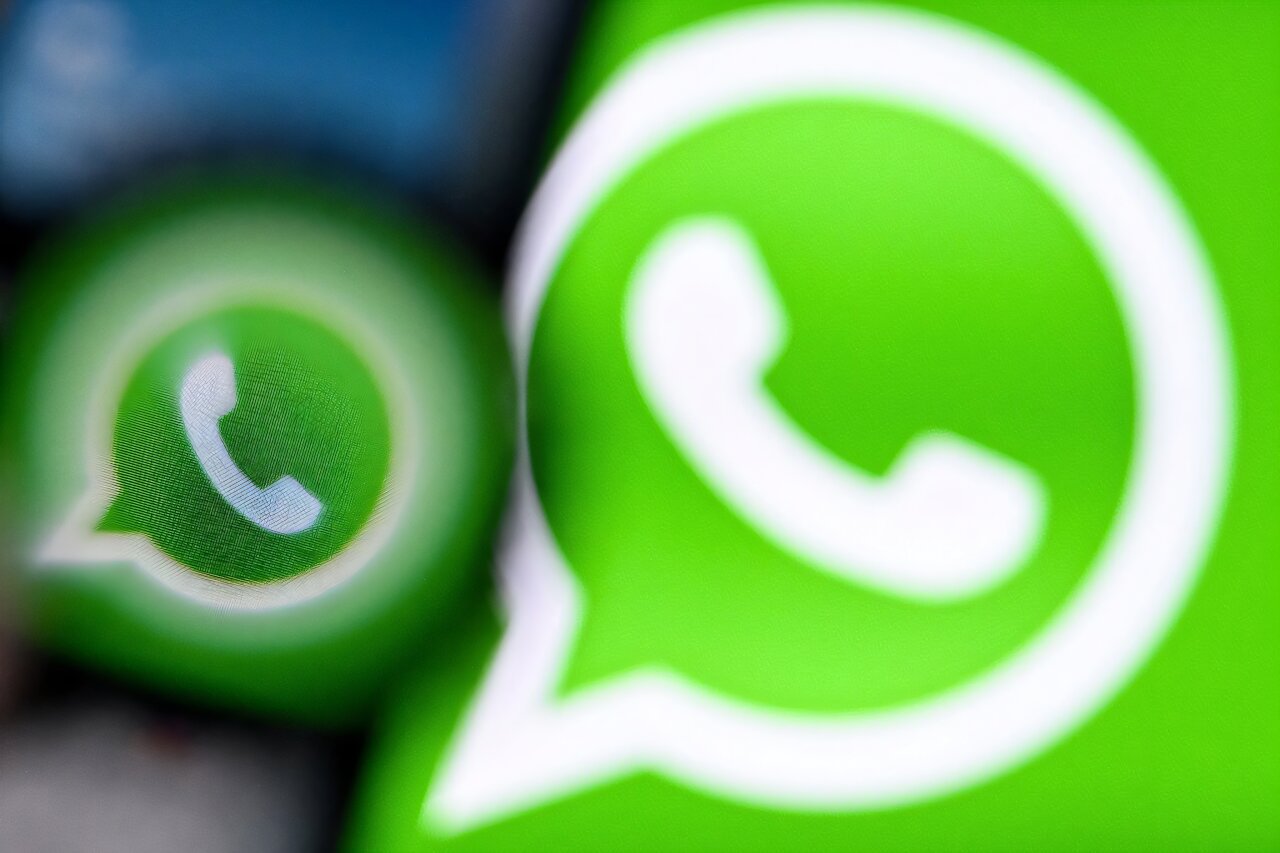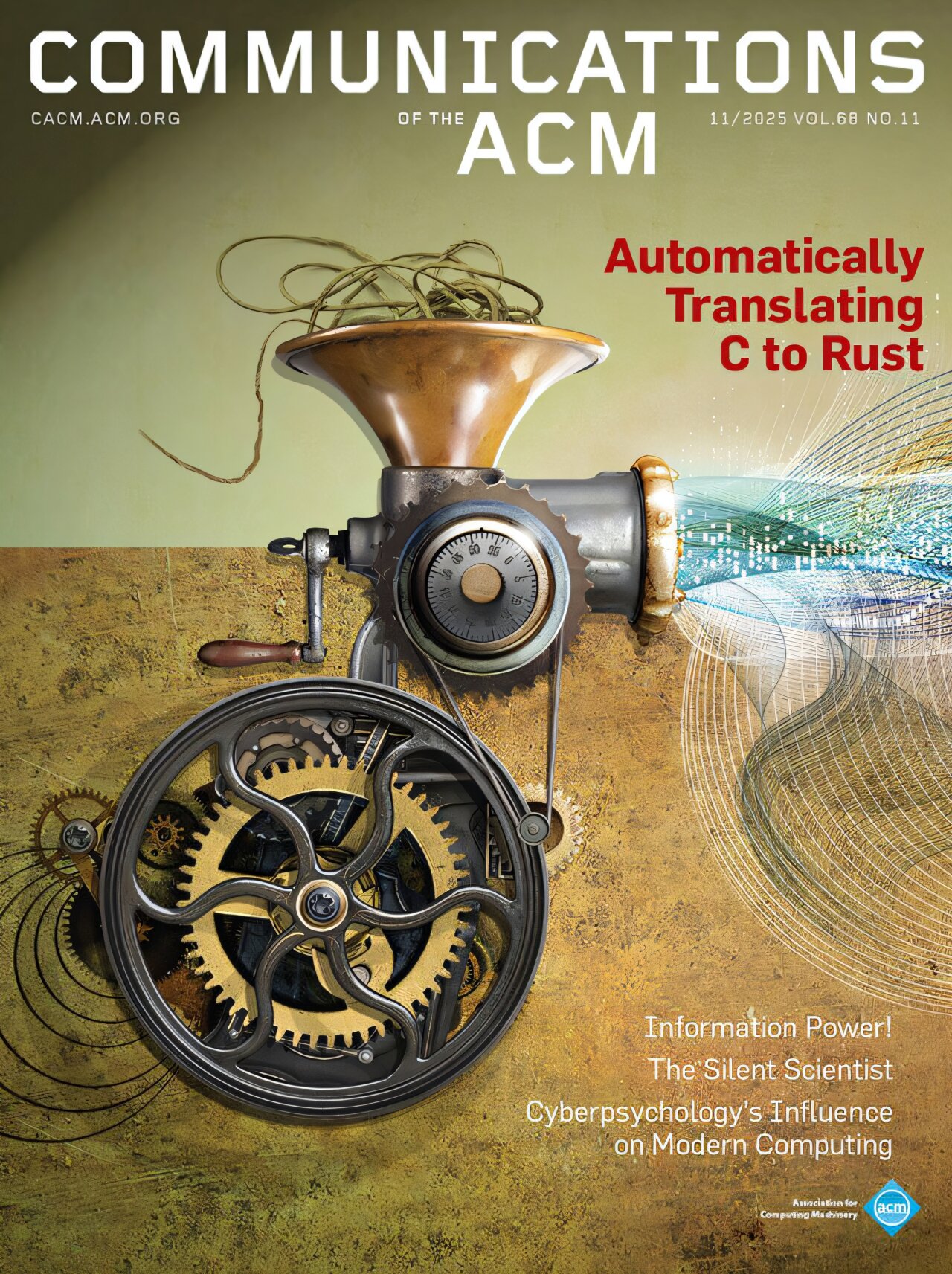Tech
WhatsApp, Twitch among sites that could face Australia under-16s social media ban

Tech companies including WhatsApp and Reddit as well as streaming giant Twitch and gaming firm Roblox could be among more than a dozen sites added to Australia’s social media ban for under-16s, the country’s regulator said Wednesday.
Platforms such as Facebook, Snapchat, TikTok and YouTube were already included in the ban—a world-first.
But the head of Australia’s eSafety Commissioner, Julie Inman Grant, has written to 16 more companies to “self-assess” whether they fall under the ban’s remit.
The list also included Pinterest as well as Lego Play, streaming company Kick and gaming platform Steam.
Companies will need to make a case if they believe their platform should be exempt from the ban, the national broadcaster ABC said.
Inman Grant told the network that while some cases were “pretty clear,” the regulator would “give them the due diligence process.”
“We need to hear them all out,” she said.
The regulator said it will initially focus on platforms with the greatest number of users, where there are higher risks of harm.
A Roblox spokesperson insisted the platform was not a social media company and therefore did not qualify for the ban.
“We prohibit users from uploading real-world photos or video, or re-sharing news, and we do not offer social media feeds within experiences in Australia,” the spokesperson told AFP.
“We completed the self-assessment process and communicated to eSafety that our position remains that we are an exempted online gaming platform,” they added.
‘Vague’ regulations
Australia has been a leader in global efforts to prevent internet harm, but current legislation offers almost no details on how the ban will be enforced—prompting concern among experts that it will simply be a symbolic piece of unenforceable legislation.
The eSafety Commission will be able to fine social media companies up to Aus$49.5 million ($32.6 million) for failing to comply with the rules.
Social media companies have described the laws as “vague,” “problematic” and “rushed.”
Canberra has struggled to pin down how precisely platforms will verify the ages of their users.
This month, Communications Minister Anika Wells conceded that firms would need to self-regulate.
An independent study ordered by the Australian government found this month that age checking can be done “privately, efficiently and effectively,” though it admitted no single solution would fit all contexts.
The regulator has also introduced a number of rules taking effect in Australia in the coming months to protect children from “lawful but awful” content, including online pornography and AI chatbots capable of sexually explicit conversations.
This month, Roblox agreed to curb the risk of adults grooming children on its platform in Australia.
© 2025 AFP
Citation:
WhatsApp, Twitch among sites that could face Australia under-16s social media ban (2025, September 24)
retrieved 24 September 2025
from https://techxplore.com/news/2025-09-whatsapp-twitch-sites-australia-16s.html
This document is subject to copyright. Apart from any fair dealing for the purpose of private study or research, no
part may be reproduced without the written permission. The content is provided for information purposes only.
Tech
Here’s What I’m Gifting the Book Lovers in My Life This Year

I love losing myself in a good book, and I’m not the only one. Finding great gifts for book lovers isn’t just about testing for the best e-reader (which we have!) or rounding up all the accessories worth adding to your Kindle (we’ve done that too), but rather it’s about setting up your favorite reader to keep enjoying stories.
You can help them with anything from a new reading gadget or a handy accessory to cozy items to settle in for a nice, long reading session. After all, if there’s anything we’ve learned from the rise of #BookTok, it’s that there’s no lack of accessories and items that can make a reader happier than ever. Here are our favorite gifts for book lovers we’re shopping this season.
Be sure also to check out our other buying guides, including Best Kindles, Best E-Readers, Best Kindle Accessories, Best Tablets, and Best Digital Notebooks. If you’re on the hunt for more gifts, don’t miss our guides to the Best Viral Gifts, Best Gifts for Bird Lovers, Best Subscription Boxes for Gifting, and many more.
Updated November 2025: We’ve added the Kobo Clara Colour, Kobo SleepCover, and PopSockets Heart of Silver PopGrip to this guide.
Featured Gifts
Table of Contents
A New E-Reader
When I got back into reading, I fell in love with ebooks and getting free copies from the library that I would read on my Libby app. That year, for my birthday, I was gifted a Kindle from two different people, and I’ve never looked back. Whether they’re a new reader looking for a better way to read one who’s complaining about how heavy their books are, an e-reader makes for a great solution (and you can still get those free library books on it!).
E-Reader Accessories
From cute cases to handy straps that make reading easier, there’s no lack of fun options to add to a Kindle or other e-readers.
Accessories for Physical Book Readers
No e-reader? No problem. These book lights solve the constant struggle for a book reader: darkness getting in the way of their reading.
Book Bags
If the book lover in your life is known for toting their e-reader or book of choice everywhere they go, here are some fun accessories for carrying them around (and for logging their thoughts as they read!).
Stickers, Journals, and Annotation Tools
Whether they’re looking to decorate their e-reader or the pages of their books, there’s a fun add-on here for every kind of reader.
Reading Vibes
Gifts for your local book lover aren’t just giving books and book items. Help them set the mood while they read with these cozy gift ideas.
Gorgeous Books and Boxed Sets
Looking to give the gift of a true book? These box sets and illustrated editions are worth collecting.
Book Subscriptions
Buying a book for someone can be hard if you’re not sure what they’re into or what they’ve already read. But covering a few months of a subscription is the gift that gives over and over again.
Power up with unlimited access to WIRED. Get best-in-class reporting and exclusive subscriber content that’s too important to ignore. Subscribe Today.
Tech
Booze Without the Burn? An Enzyme-Tinkering Startup Aims to Make Spirits Smoother

In the world of professional spirits reviews, “smooth” is something of a dirty word. Consumers, on the other hand, absolutely love to use it.
The implication of “smooth” is simple; it suggests a product doesn’t hurt when you drink it. It’s such a sought-after quality that the distilling industry will do just about anything to achieve it. Some methods are respectable, like aging a whiskey for 15 years to file down its rough edges. Some are less so, like dumping in loads of chemical additives. Some are more successful than others, but none can completely eliminate that burning sensation in your mouth.
But it wasn’t until Joana Montenegro and Martin Enriquez, the spousal founders of Voodoo Scientific, that anyone really asked: Why does alcohol burn, anyway? And, most importantly, is there a way to get rid of that gasp-inducing burn altogether?
Conventional wisdom and common sense would suggest that ethanol is what makes that ill-advised shot of firewater sear your mouth and throat so badly, but it turns out that’s not the case. During the months of Covid-19 lockdown, Enriquez, a former telecom executive, says he and Montenegro, essentially on a lark, had the idea to dig deep into this question. They started by scouring the scientific journals to see if anyone had pinpointed the reason why whiskey and its ilk can cause an unpleasant burn. No one had. “Nobody could describe the compounds that make that harsh, painful bite,” he says. “No one could really identify what it is that attacks you and creates pain.”
Montenegro, a veteran food scientist from General Mills and Land O’Lakes, said they decided to go deeper. “We said, ‘Let’s go back and find the specific receptor in the mouth that’s being triggered by the spirit,’” she says.
To do that, the duo started by contacting David Julius, the head of physiology at UCSF, to discuss the line of inquiry. Masked and 6 feet apart in a Starbucks, Montenegro says, Julius didn’t comprehend why someone who was part of the team that patented Go-Gurt had an interest in pain receptors. Nevertheless, the duo persisted, and Julius eventually guided them on how to research the concept and determine which receptor was being activated to cause a pain response. Eventually Montenegro and Enriquez found it, a receptor called TRPA1.
Once a negative receptor like this is identified, traditional food science has a solution for dealing with it: You block the receptor with a chemical. It’s the typical way that sweetness and bitterness can be masked in foodstuffs, by just covering it up with something stronger. Alas, that didn’t work for hiding the burn of alcohol. “This receptor has a very unique property called reversible bonding,” says Montenegro. “It’ll bond to a thing, it’ll give you a jolt, and it’ll let it go—and then it’ll bond to another one.” This is why alcohol continues to burn sip after sip.
“In other words, you can’t block it,” she says. “It’s designed to continuously alert you that you’re consuming something that is an irritant.”
Tech
Automatic C to Rust translation technology provides accuracy beyond AI

As the C language, which forms the basis of critical global software like operating systems, faces security limitations, KAIST’s research team is pioneering core original technology research for the accurate automatic conversion to Rust to replace it. By proving the mathematical correctness of the conversion, a limitation of existing artificial intelligence (LLM) methods, and solving C language security issues through automatic conversion to Rust, they presented a new direction and vision for future software security research.
The paper by Professor Sukyoung Ryu’s research team from the School of Computing was published in the November issue of Communications of the ACM and was selected as the cover story.
The C language has been widely used in the industry since the 1970s, but its structural limitations have continuously caused severe bugs and security vulnerabilities. Rust, on the other hand, is a secure programming language developed since 2015, used in the development of operating systems and web browsers, and has the characteristic of being able to detect and prevent bugs before program execution.
The U.S. White House recommended discontinuing the use of C language in a technology report released in February 2024, and the Defense Advanced Research Projects Agency (DARPA) also explicitly stated that Rust is the core alternative for resolving C language security issues by promoting a project to develop technology for the automatic conversion of C code to Rust.
Professor Ryu’s research team proactively raised the issues of C language safety and the importance of automatic conversion even before these movements began in earnest, and they have continuously developed core related technologies.
In May 2023, the research team presented the Mutex conversion technology (necessary for program synchronization) at ICSE (International Conference on Software Eng). In June 2024, they presented the Output Parameter conversion technology (used for result delivery) at PLDI (Programming Language Design and Implementation), and in October of the same year, they presented the Union conversion technology (for storing diverse data together) at ASE (Automated Software Eng).
Dr. Jaemin Hong stated, “The conversion technology we developed is an original technology based on programming language theory, and its biggest strength is that we can logically prove the ‘correctness’ of the conversion.” He added, “While most research relies on large language models (LLMs), our technology can mathematically guarantee the correctness of the conversion.”
Dr. Hong is scheduled to be appointed as an assistant professor in the Computer Science Department at UNIST starting in March 2025.
In addition, Professor Ryu’s research team has four papers, including C→Rust conversion technology, accepted for presentation at ASE 2025 held in Seoul, South Korea, Nov. 16–20.
These papers, in addition to automatic conversion technology, cover various cutting-edge software engineering fields. They include: technology to verify whether quantum computer programs operate correctly, “WEST” technology that automatically checks the correctness of WebAssembly programs (technology for fast and efficient program execution on the web) and creates tests for them, and technology that automatically simplifies complex WebAssembly code to quickly find errors. Among these, the WEST paper received the Distinguished Paper Award.
More information:
Jaemin Hong et al, Automatically Translating C to Rust, Communications of the ACM (2025). DOI: 10.1145/3737696
Citation:
Automatic C to Rust translation technology provides accuracy beyond AI (2025, November 11)
retrieved 11 November 2025
from https://techxplore.com/news/2025-11-automatic-rust-technology-accuracy-ai.html
This document is subject to copyright. Apart from any fair dealing for the purpose of private study or research, no
part may be reproduced without the written permission. The content is provided for information purposes only.
-

 Sports1 week ago
Sports1 week agoPakistani runners make their mark at Istanbul Marathon
-

 Tech1 week ago
Tech1 week agoLive TV Isn’t Dead. These Are the Best Live TV Streaming Services
-

 Politics1 week ago
Politics1 week agoIran vows to rebuild nuclear sites ‘stronger than before’
-

 Entertainment1 week ago
Entertainment1 week agoGeorge Clooney on “Jay Kelly,” fame and family
-

 Fashion1 week ago
Fashion1 week agoCoach reconnects with Bank & Vogue for upcycled bags using corduroy
-

 Sports1 week ago
Sports1 week agoTransfer rumors, news: Man United eye loan deal for Real Madrid’s Endrick
-

 Tech1 week ago
Tech1 week agoCISOs in court: Balancing cyber resilience and legal accountability | Computer Weekly
-
Sports1 week ago
Lamar Jackson, the point spread and the perils of NFL injury reporting


















